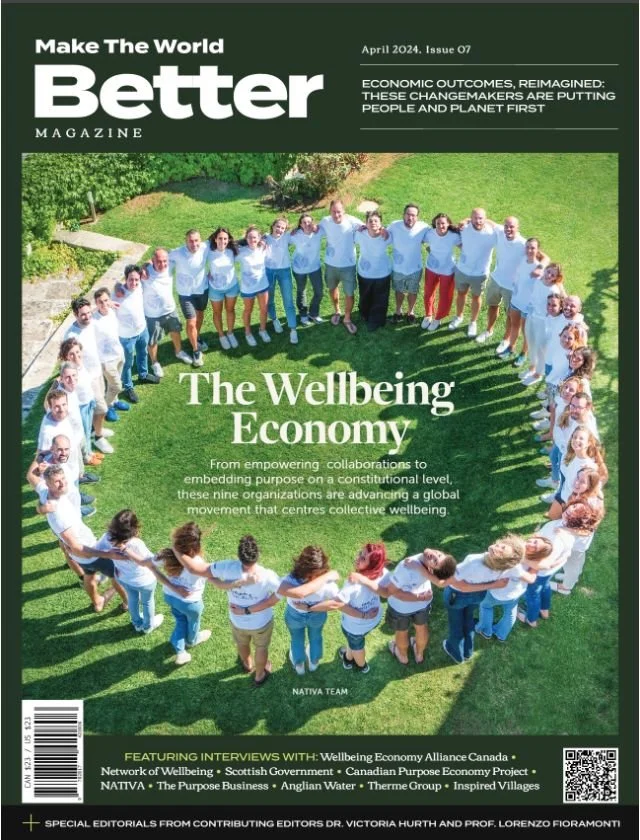Managing to keep your cool
Your refrigerant management could help reverse global warming, says Dr Merrin Pearse, and if it’s not, then you’re probably adding to the problem instead. Here, he explains what Hong Kong businesses need to know.
Did you know that better managing gases for cooling in refrigerators and air-conditioners has the biggest potential to bring down global temperatures than other currently available technology?
According to the findings of Project Drawdown, as published in the book “Drawdown: the most comprehensive plan ever proposed to reverse global warming” edited by Paul Hawken, the number one solution is refrigerant management.
So why is this important to business?
The short answer: Your company might have been looking at air-conditioning from an energy saving opportunities perspective through more efficient management since it can account for at least 24% of electricity consumption in Hong Kong’s commercial sector. Though you could be missing a relatively simple opportunity to reduce the impact your operation has on global warming simply by better managing the maintenance and replacement of air-conditioning, dehumidifying and refrigeration equipment.
The longer answer: For companies that have medium and large refrigeration and air-conditioning systems, it could be time to review your refrigerant management plan, especially if that plan was written with the focus being on reducing ozone depleting gases. The issue of the ozone hole in the 1980s lead to the agreement in 1987 of the Montreal Protocol on Substances that Deplete the Ozone Layer. While this international treaty continues to shift refrigerants from containing the ozone layer depleting Chlorofluorocarbons (CFCs) and Hydrochlorofluorocarbons (HCFCs) to the chlorine free Hydrofluorocarbons (HFCs) to reduce impacts on Ozone layer, it now also addresses the global warming potential (GWP) of HFCs which are still many times greater than CO2, in the order of 10s to 1,000s of times.
GWP is a measure relative to carbon dioxide (CO2) of how much heat a greenhouse gas (GHG) traps in the atmosphere over a specific time horizon, the usual reference is 100-Year GWP. The GWP of CO2 is standardized to 1 and in comparison to a common refrigerant type used in car air-conditioners, HFC-134a has a GWP of 1430 times CO2. This also means that even when HFC-134a escapes earth’s atmosphere, the amount of heat energy absorbed stays for a much longer time. So if a motor vehicle releases say 5,000 kilograms of CO2 emissions per year from driving, a leak of just one kilogram of HFC-134a from the car’s air conditioning system in the year has the same global warming impact as physically driving the car for over a month.
So it is important to ensure your refrigerant servicing and maintenance team are not letting the gases escape when they are maintaining or replacing your air-conditioning or refrigeration equipment. According to Project Drawdown a staggering 90% of refrigerant emissions happen at end of life, so effective disposal is essential. Most countries have their own legislation and in Hong Kong the appropriate legislation is the Ozone Layer Protection Ordinance (Cap. 403) and Ozone Layer Protection (Controlled Refrigerants) (Cap. 403B) which state that “Any person who allows any controlled refrigerant used, or intended for use, in refrigeration equipment or a motor vehicle air-conditioner to escape into the atmosphere commits an offence and is liable to a fine of $100,000.
In line with international and Hong Kong GHG accounting standards, emissions of refrigerants should be reported as part of each reporting organisation’s Scope 1 GHGs.
What businesses in Hong Kong need to know
Maybe it is time for your business to undertake purchases of refrigerants, looking for better alternative refrigerants from their GWP, and undertaking leak detections either with professional equipment or just where appropriate using soapy water like looking for a leak in a bike tyre. Then check what disposal methods are used for all equipment using refrigerants.
So whether that old fridge or dehumidifier is from work or home – if it is not being recycled properly its refrigerant gases could be contributing to global warming. The appliance should not be going into the land fill or being left on the side of the street at a refuse collection centre.
Why? Because if the informal recycling sector get to the equipment, they will usually just cut the copper pipes out of the appliance and let the gases escape. The best way to dispose of your old appliances in Hong Kong now is via the new Producer Responsibility Scheme (PRS) on waste electrical and electronic known as WPRS.
This government initiative aims to promote the recycling and proper disposal of WEEE generated in Hong Kong. It covers eight types of equipment including air-conditioners, refrigerators, washing machines, televisions, computers, printers, scanners and monitors (collectively referred to as “regulated electrical equipment” or REE). To support this PRS the government has funded WEEE·PARK. This state-of-the-art WEEE treatment and recycling facility is located on a 3-hectare site in EcoPark, Tuen Mun. They process WEEE equipment such as refrigerators and air-conditioning units from companies and individuals, making sure that the refrigerant fluids are properly collected and disposed of.
It’s time to make sure refrigerant management is part of your business operations, and take action for a more sustainable future.




